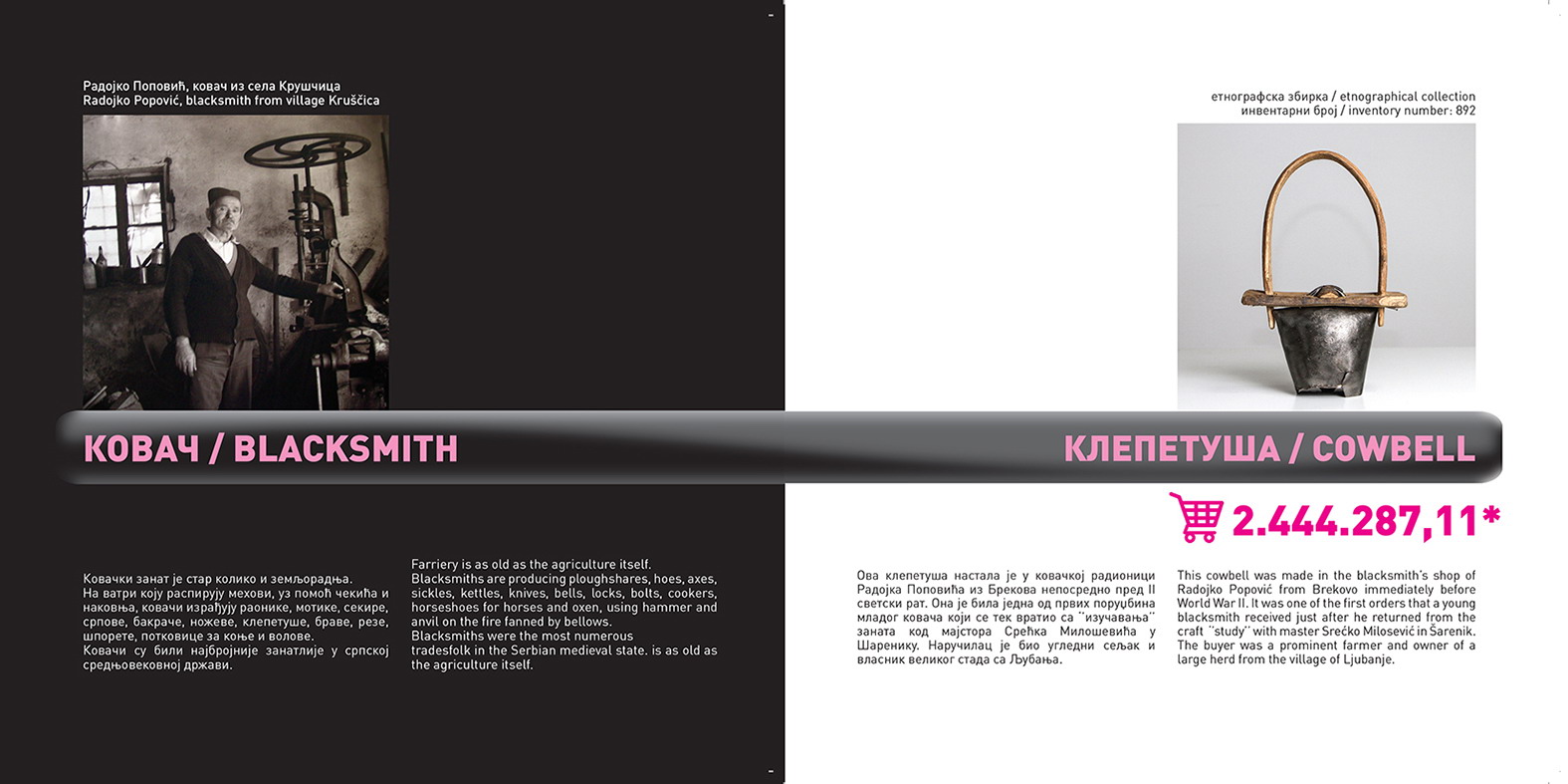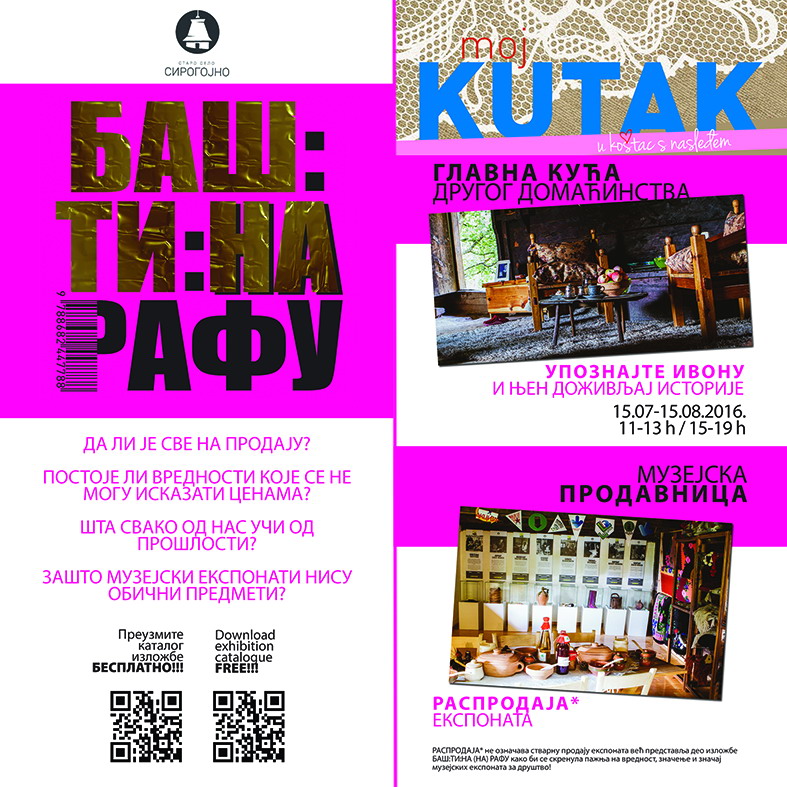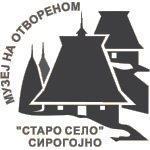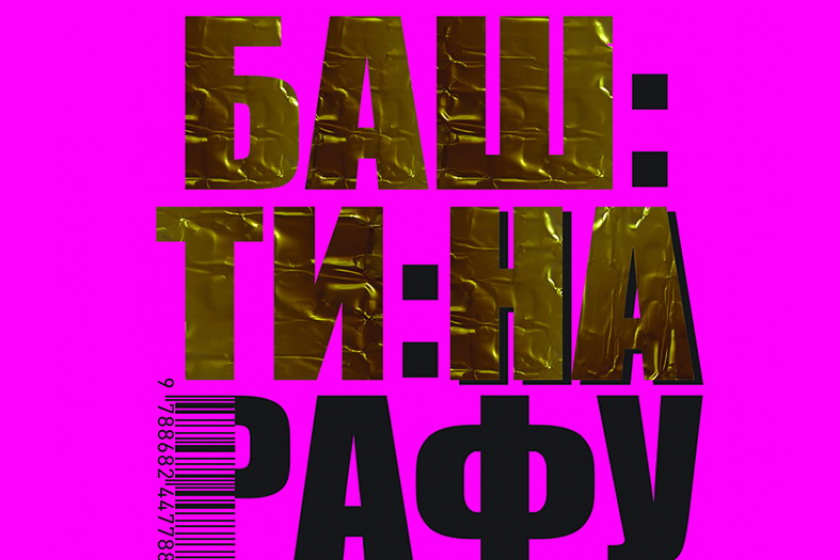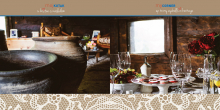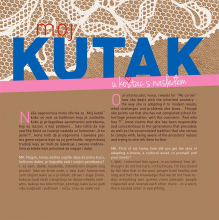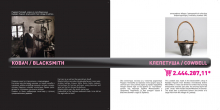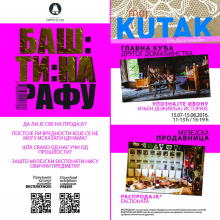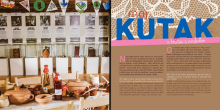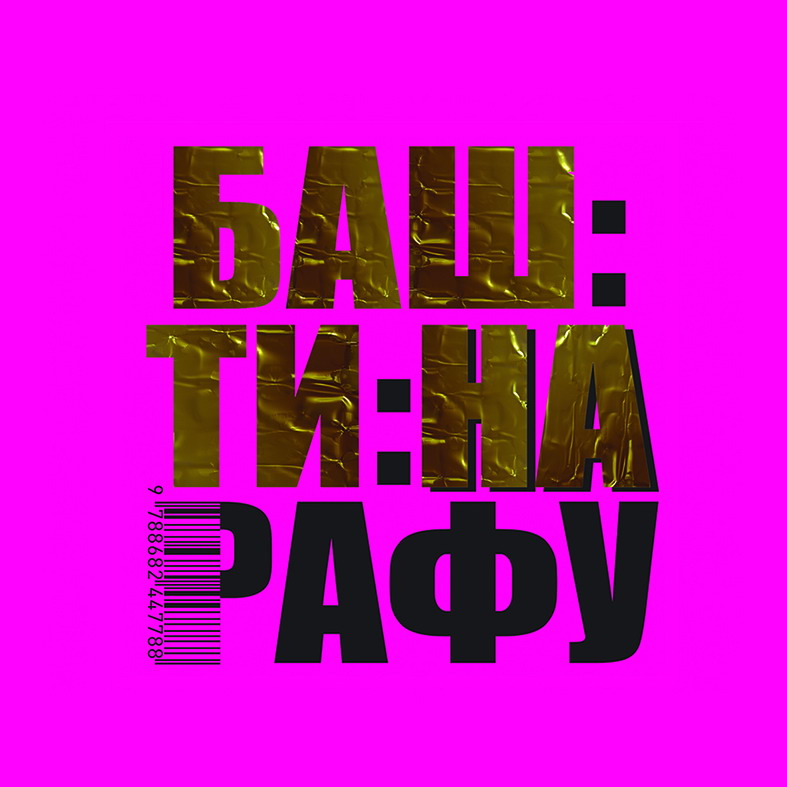
EXACTLY:YOU:ON (the) SHELF is an experiment, the contribution to shedding light on the dilemma on which we focus our attention today: culture on the market. Of course, the word game is not accidental. During development of this experiment we started from the assumption that (cultural) heritage, as part of overall culture, is not on the market itself. Given that it cannot be miraculously transformed into a "product", it means that this transformation has to be performed by people. Here and now, we can call them professionals in the field of protection, presentation and interpretation of heritage. In that sense, Exactly:You:On:(the)Shelf addresses them. A good question at this point would be: "Who are they?" The questions posed by the project Exactly:You:On (the) Shelf relate to all those who know they are professionals, those who feel that way, those who are amateurs and believe they are the best professionals, those who believe that they are professionals and are worse than the worst amateurs, as well as to those who are indifferent regarding this issue.
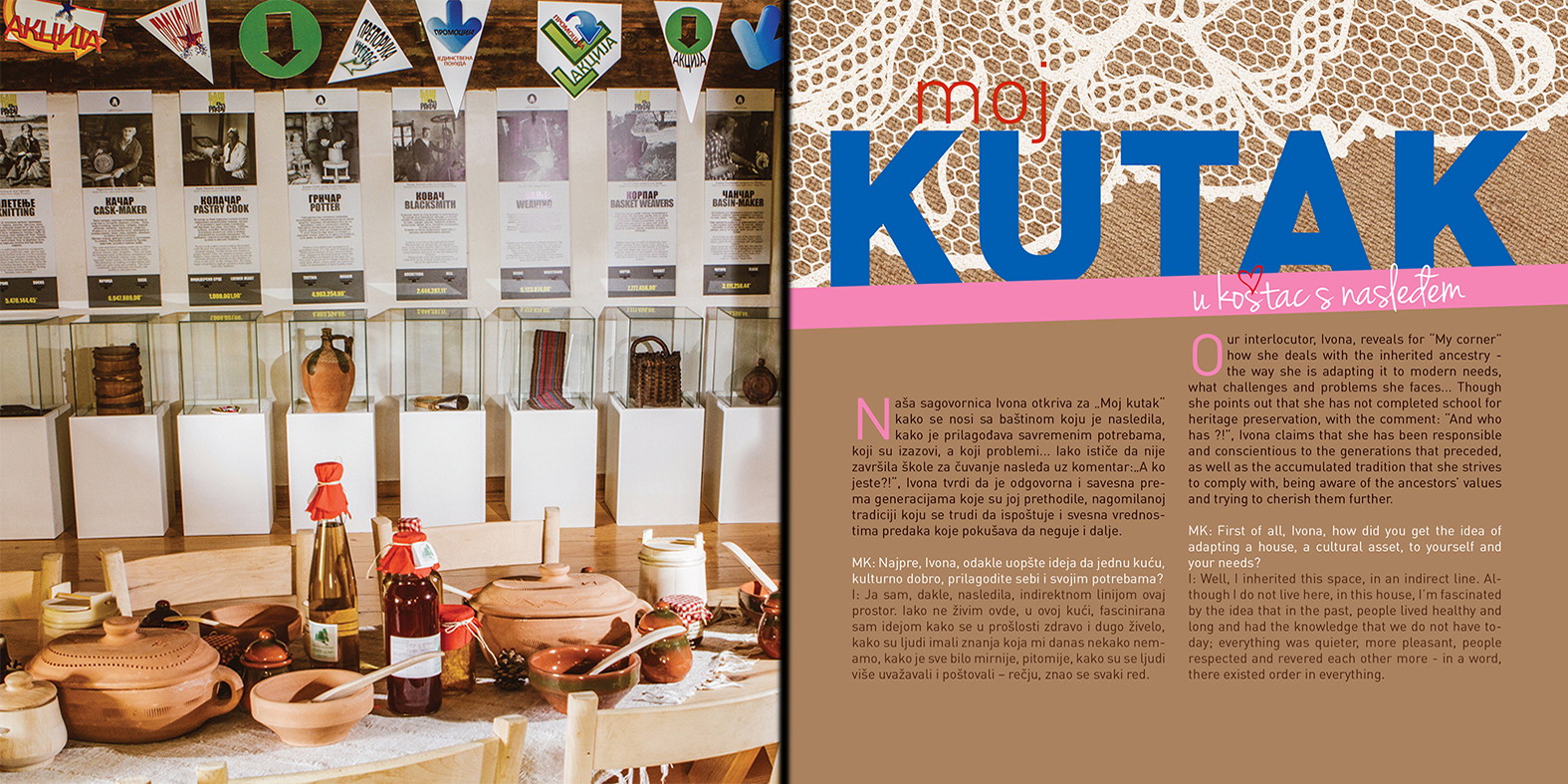
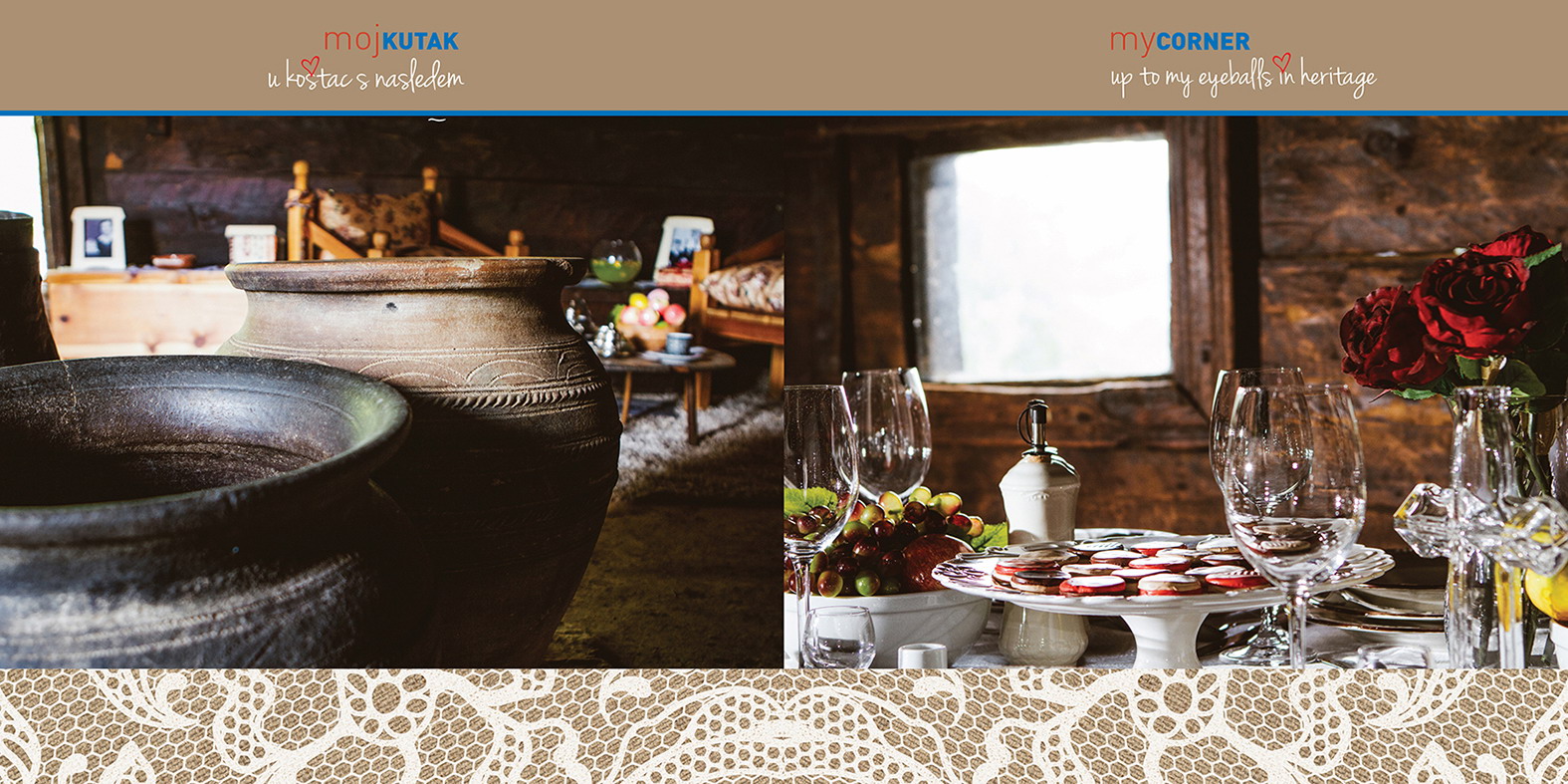
Exactly:You:On (the) Shelf is conceived through two opposing segments which together form a whole.The first part is based on a fictional character. The task of museum curators was to create psychology of a fictitious personality who inherited cultural property and "came to grips" with the notion of inheritance in the broadest sense. The ways in which the character succeeds or fails to distinguish the personal from the general good, the difference between rights and obligations, the way he understands the position of responsibility in the system of inheritance through daily role-plays and interpretations and relationship with the audience were revived by the project associate and the friend of the Museum who understands opposing positions and dilemmas - Irena Molnar ethnologist/anthropologist.
The created figure represents a profile of a very frequent type of visitor in the Open air Museum "Old Village" in Sirogojno with an uncritical attitude towards the past - they idealize it, make it up and dress up according to their own discretion. These images often involve nostalgic phrases such are: people once used to live and eat far healthier, they lived longer, respected the order, had a sense of morality and hierarchy... The figure that "comes alive" before eyes of the visitors, has no role to debate with them on these attitudes or to reassure them.
The Character's role is to continuously arrange the interior of one half of the main house within the household and adapt it to his needs in everyday life or festive moments, but through the perspective of the contemporary moment. Through constant adaptation of the space, the character reacts to comments of visitors, approaching or moving away from his own vision or authentic appearance, functions and behaviour patterns. At the same time, he keeps a personal diary as a testimony of his life and daily evaluates his own views and visitors’ attitudes. The whole concept was conceived as a direct collision of value systems of the past and present, reviewing the limits of compromise and limits of "trading".
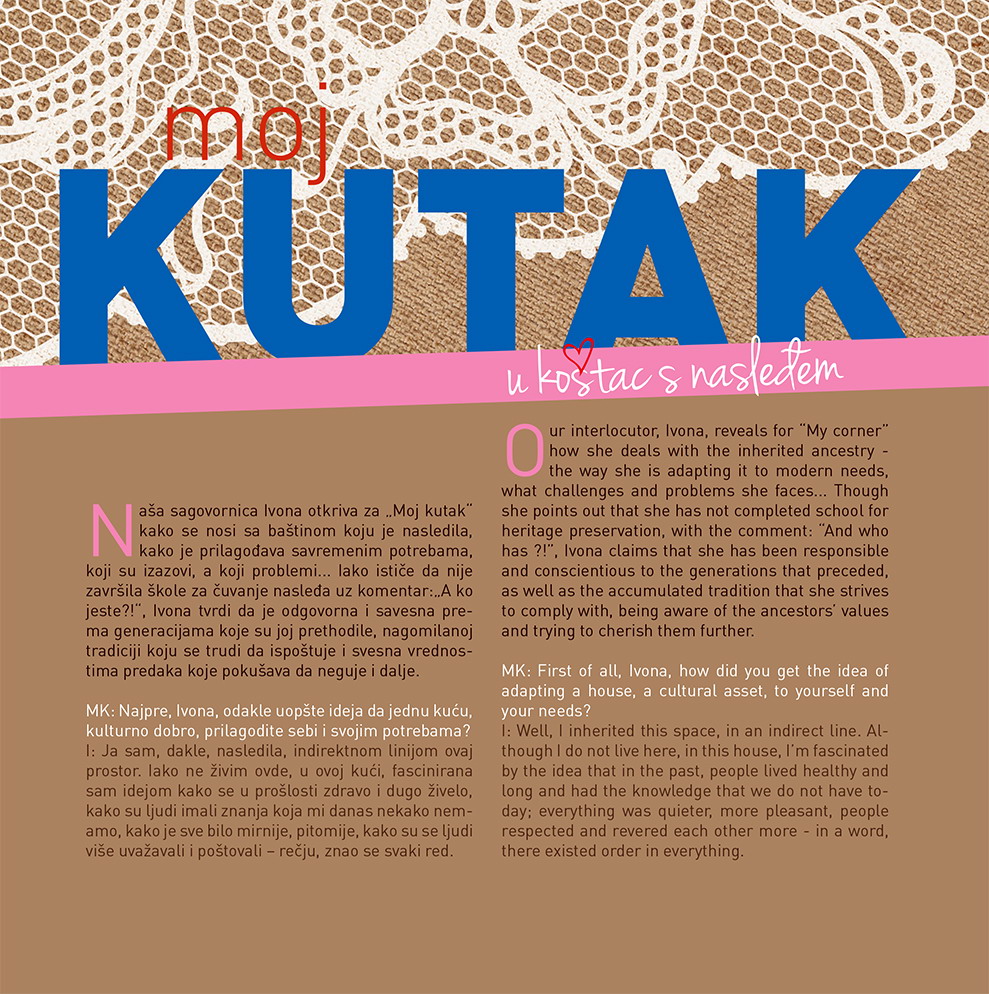
The second part of the experiment is located in the Museum shop of replica of the traditional crafts and occupations’ products and souvenirs. In the classical sales ambience, there are eight white museum showcases exposed with the glass boxes set on them. They contain eight items from the Museum ethnographic collection. The items come with the legend that places them into historical context of the craft or profession and are personalized by photos of manufacturers, biography of the object, along with the inventory number. The appendix that "distracts", or, depending on the angle of observation, quite naturally fits into the ambience of the Museum store, is a distinctive hyperbolized market value of the museum object given in an almost surreal price. As is it far higher than similar or identical items that can be purchased in the store, even astronomical, there opens a question of values and prices: Does the value correspond to the price? Does the object’s history play a role in determining its value? Does the presence of biography of the item raise the value and how can it influence the price? Can the collective and institutionalized heritage value be estimated or is it priceless?
